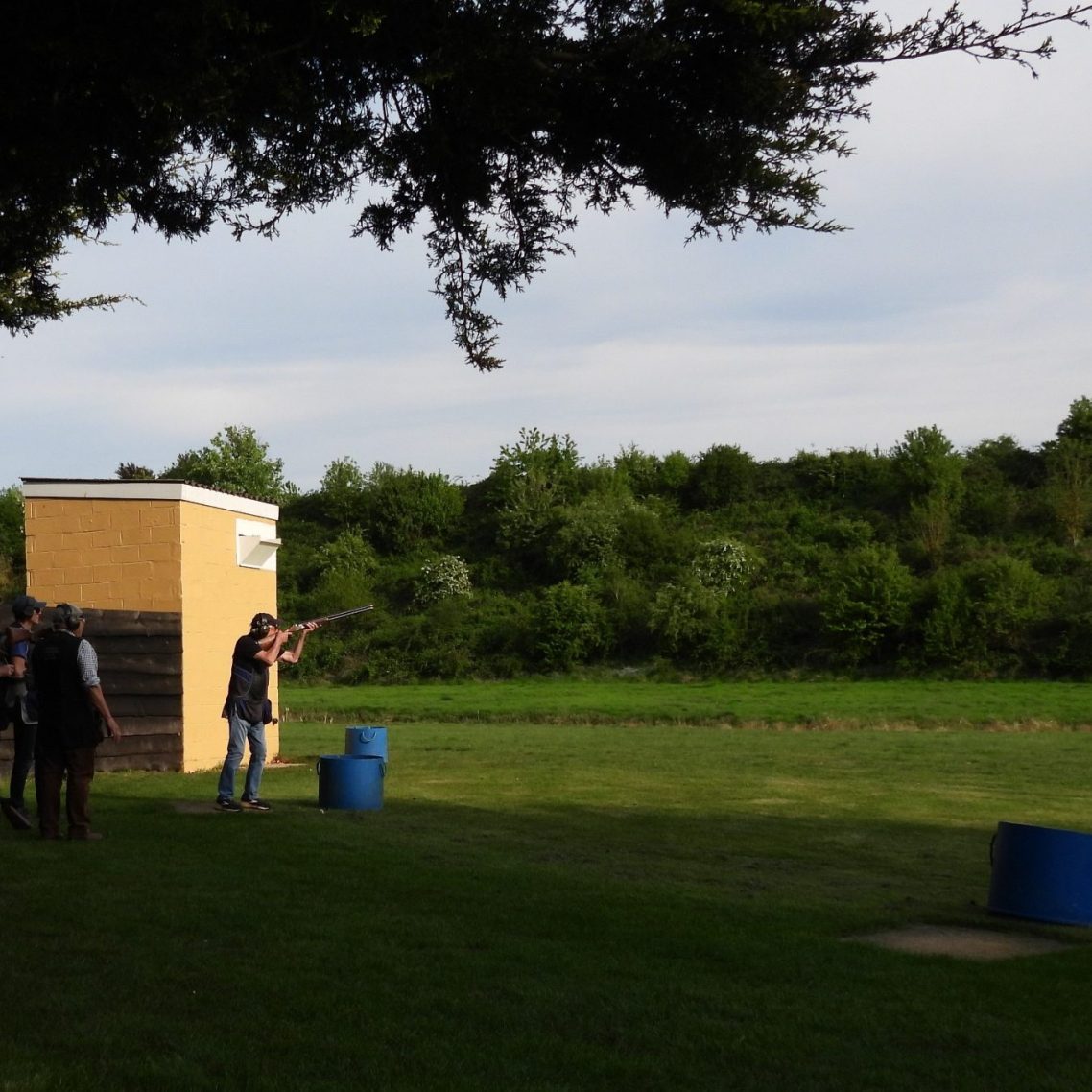
More than just a sport
The sport of skeet shooting originated in the United States in the early 1920s.
Invented by Charles Davis and William Harnden Foster. Its purpose was to provide shooters with targets akin to ruffed grouse (and others) to maintain hunting skills ‘out of season’.
The word ‘skeet’ is thought to have derived from the Norwegian word ‘skyte’, meaning ‘to shoot’ - a name apparently given after the duo ran a competition asking the shooting community to put forward a suitable name.
The 7 station semi-circle layout tested even the most accomplished shooters, as rules and organisations sprung up. (Although the original skeet layout was a circle!)
Skeet was formalised as a competitive sport later in the 1920’s. What initially was a tool to keep hunters skills honed, went on to become a world sport. In 1926, the US held its first National Skeet Championship.
The sport grew internationally and in 1968, skeet became an Olympic discipline. While the targets thrown are a little quicker compared with English Skeet, the layout and format are similar. Most shooting grounds cater for all variants of skeet.
The sequence
The objective in English Skeet is to shoot four rounds of 25, culminating in a wishful, perfect score - the ‘100 straight’.
Station 1 - two singles, one high, one low, followed by a pair. The high bird target to be shot first.
Station 2 - two singles, one high, one low, followed by a pair. The high bird target to be shot first.
Station 3 - two singles, one high, one low. The high bird target to be shot first. No pair.
Station 4 - two singles, one high, one low, followed by a pair. The high bird single target to be shot first. When shooting the pair, the shooter must nominate which target they intend to shoot first. High then low, or low then high.
Station 5 - two singles, one high, one low. The high bird target to be shot first. No pair
Station 6 - two singles, one high, one low, followed by a pair. The high bird single target to be shot first. When shooting the pair, the low bird target must be shot first.
Station 7 - two singles, one LOW, one HIGH, followed by a pair. The low bird target to be shot first. Note: for safety reasons the low bird is shot first.
Final ‘option’ target - in the event the shooter has hit all targets in the sequence, the shooter now calls for the 25th target, either high or low.


What and who is NSSA?
In the United States, an eighth station is incorporated into their version of skeet, along with the requirement to shoot four different gauges, 12g, 28g, 20g and .410, (and pairs).
The eighth stand is located centrally in line with the two trap houses (See above diagram). The shooter must hit the target before it passes the centre of the layout. Great fun!
The US organisation that runs the World Championships is the National Skeet Shooting Association (NSSA)
Fancy a go?
The CPSA
The Clay Pigeon Shooting Association was founded in 1928. Their remit is to manage the sport of clay target shooting for its approximately 22,500 members and the 400 clubs and grounds affiliated or associated with them.
The CPSA offer support to its members in various ways:
- The opportunity to shoot in registered competitions, both at a Regional and National level
- The opportunity to be selected for the England Team Shooting events and also GB Team events through British Shooting (BICTSF)
- The ability to obtain a shooting classification (a bit like a golf handicap), based on your scores at registered shoots
- A £10 million pound civil liability insurance, covering not only clay shooting, but all game, rough, rifle, pistol shooting and angling
- A £30,000 personal injury insurance, covering all the above sports
- Public liability insurance (for CPSA qualified coaches and instructors)
- The publication of Pull! magazine, a members' association publication issued 10 times a year
For more information on what the CPSA can offer you as a member, click here to be directed to their website, or join here. Matt, the Skeet Coach, highly recommends you join.

